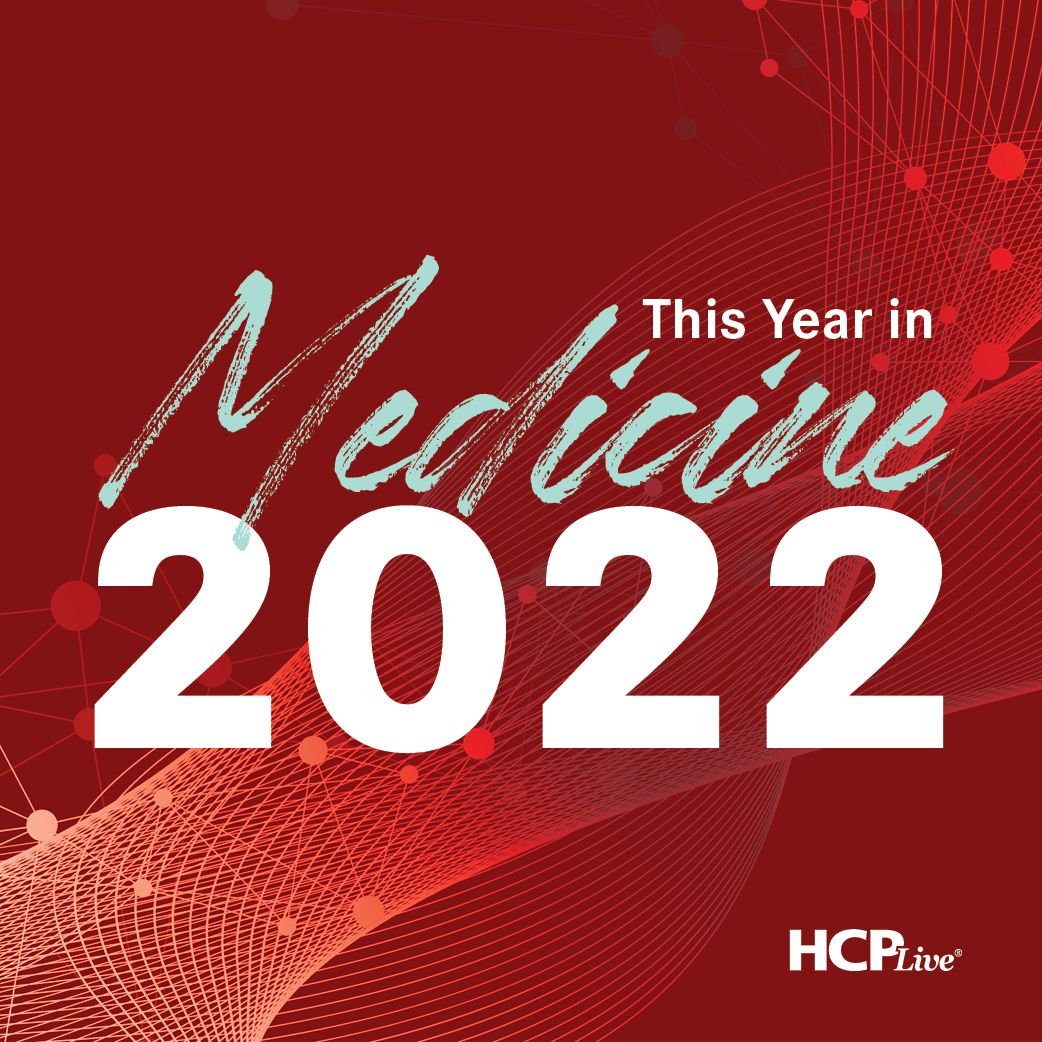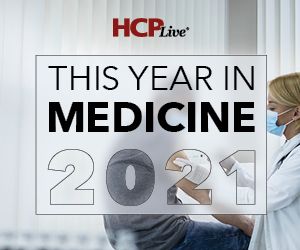Article
RRMS Drug Shows Promise After Earlier Disappointment
Author(s):
New results from a Phase 2b study show a novel relapsing-remitting multiple sclerosis treatment reduces inflammation and sparks remyelination.

Robert L. Glanzman, MD
The developers of a novel treatment for relapsing-remitting multiple sclerosis (RRMS) are out with new study results that suggest the drug works better than previously thought.
According to Switzerland-based GeNeuro SA and French pharmaceutical firm Servier, the latest results from the CHANGE-MS Phase 2b study demonstrate that the drug GNbAC1 reduces inflammation at its highest tested dose and promotes remyelination in patients with RRMS.
The new data, which is based on a post-analysis of a subset of the patients enrolled in the study, were presented at the joint ECTRIMS-ACTRIMS meeting in Paris last month. The results come 2 months after the companies announced earlier results that showed no anti-inflammatory effect.
That initial report was based on data from 12 to 24 weeks of treatment, and included all 270 patients enrolled in the trial. The new release is based on data from 121 of those patients, chosen because they had at least 1 gadolinium-enhancing T1 lesion on their baseline MRI scan.
Robert L. Glanzman, MD, the chief medical officer of GeNeuro, told MD Magazine that the companies are still awaiting 12-month results, which will be out next year.
GNbAC1 is a monoclonal antibody designed to neutralize the retroviral envelope protein associated with HERV-W a pathogenic form of human endogenous retrovirus. HERVs have been linked to multiple autoimmune and neurodegenerative diseases.
The hope is that GNbAC1’s neutralizing effect will stop inflammatory processes and allow remyelination to occur.
Patients in the study were given doses of 6, 12, and 18 mg of GNbAC1. So far, only the highest dose has shown significant positive results.
Glanzman said the 48-week results should give researchers a better idea of whether the lower doses are ineffective or perhaps simply take longer to take effect.
“That is why we are waiting for the week 48 results before choosing an optimal dose,” he said. He added that an even higher dose could be tried in the future, in part due to the strong safety profile of the drug thus far.
Glanzman said the prospect of inducing remyelination is particularly exciting.
“Given the number of disease-modifying therapies currently available, a number of which strongly reduce neuro-inflammation as measured by lesions seen on brain MRI, the MS community is actively seeking agents than can promote repair and remyelination,” he said, noting that remyelination was a hot topic at the most recent ECTRIMS conference.
Still, Glanzman said the anti-inflammatory effects alone are an important advancement.
“Should the anti-inflammatory effects be confirmed at week 48, this will, for the first time, validate the hypothesis that a pathogenic, viral protein, encoded within the human genome contributes directly to the pathogenesis of MS,” Glanzman said. “This would also hold for confirmation of the promotion of remyelination effects.”
An audio version of GeNeuro and Servier’s data presentation is available on GeNeuro’s website, as are the slides from the presentation.
Related Coverage
Gut Bacteria Could Cause MS in Younger Patients
MS Biomarkers Could Bring Diagnostic Blood Tests
Blood-Clotting Protein Prevents Remyelination in MS Patients





